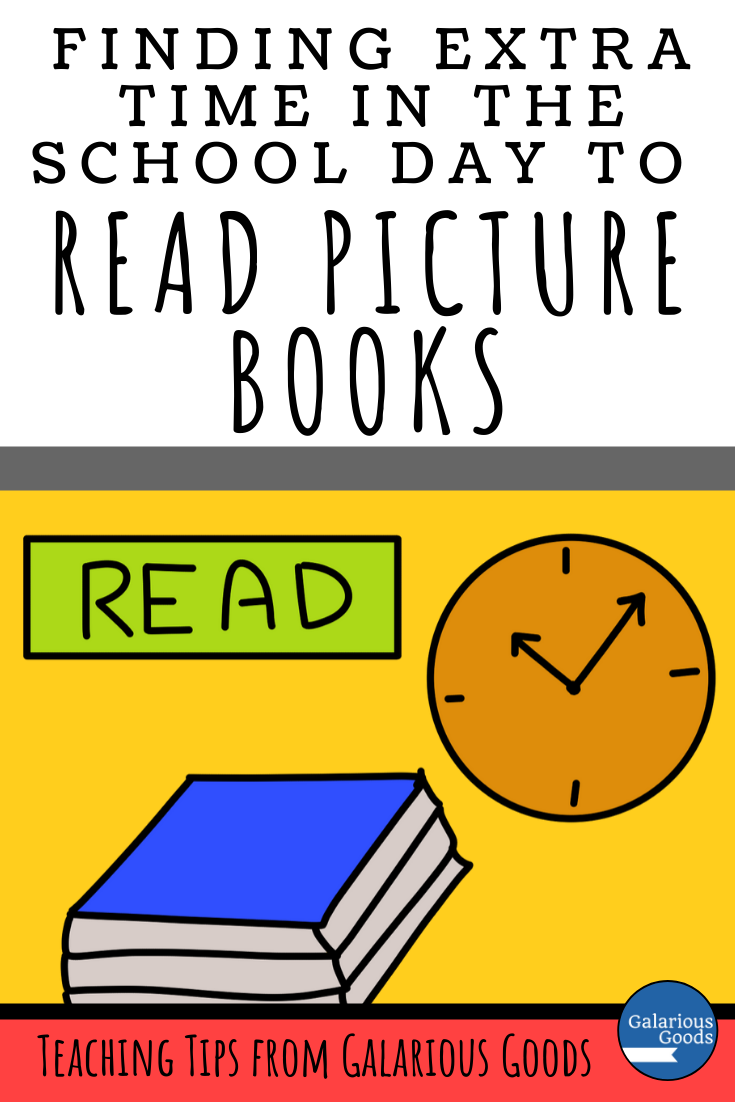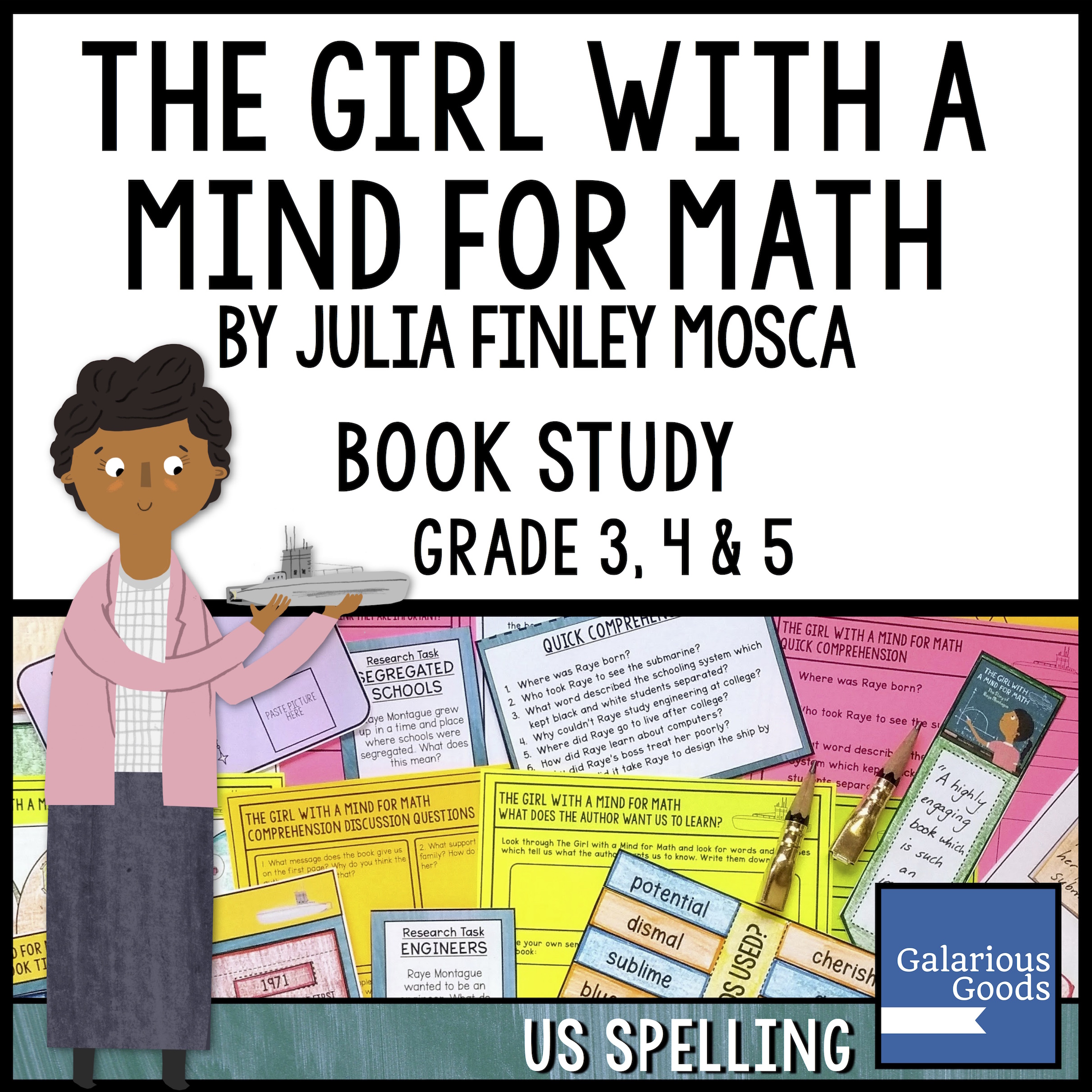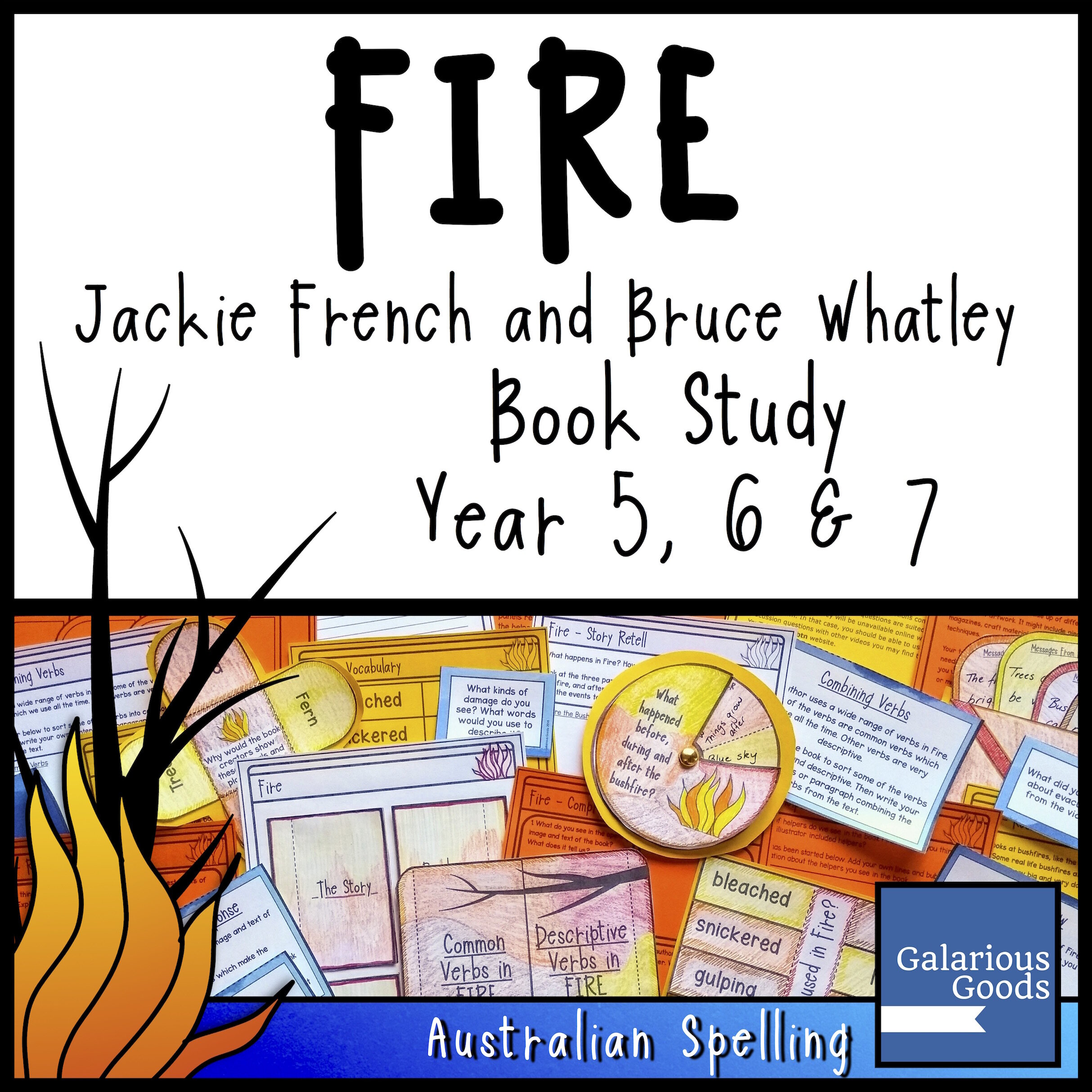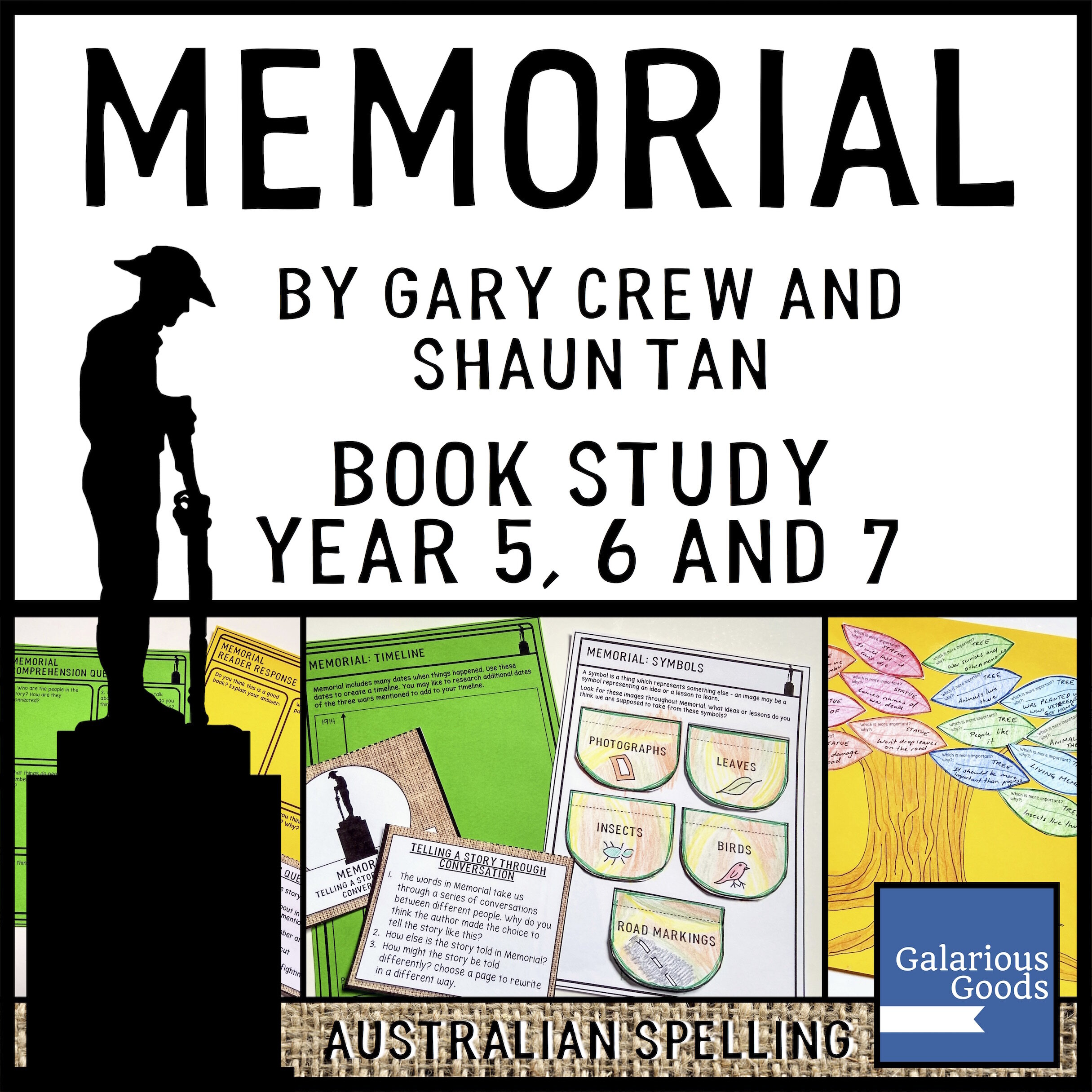Finding Extra Time in the School Day to Read Picture Books
/We know that reading picture books in the classroom is beneficial for many of the grades, but how can we fit that reading time into a busy school schedule? The lack of time in the classroom is real, but here’s a few ways to sneak extra reading into your classroom time.
Fit in reading at the beginning of the school day
Reading a short picture book is a great way to set the tone for the day. On those grey, miserable days you can begin with something funny. Something thoughtful can be used when you’ve got a lot of heavy thinking work planned for the day. You can even fit a short book into a morning meeting, especially if it fits in with what you’re talking about.
Still lacking time? Read the first couple of pages, then leave the book. Allow students to delve into it at other times during the day.
To teach reading concepts
Picture books can make great mentor texts. You can explore rhyming with almost every Aaron Blabey book or explore how Nick Bland makes his characters come to life in The Very Cranky Bear (complete with use of speech for another mentor lesson.) Picture books tell stories with surprises, stories with quests and stories with lessons to learn. Picture books can also be used when you’re looking at writing skills, from character to plotting.
Still lacking time? Use a page from a picture book to teach a particular skill . . . and keep the book available for students at other times.
After breaks
After a busy break running around and engaging with their peers, a book can be a great way for students to wind down and focus on their next session of work. While this is a great time for a chapter of a novel or silent reading, you might like to change it up a little with some picture book time. If you’ve got a class with some playground behaviour management to work through, this can also be a time to use books which explore behaviour, feelings and emotions.
Still lacking time? If you usually do silent reading after breaks, take a minute or two to introduce new picture books or ‘sell’ a forgotten picture book to the class. Make sure you have a system for when 5 people want to read it first!
In those 5 minute gaps
School days are filled with those 5 minute gaps - when a lesson doesn’t quite go as long as you think it might or you’re waiting for a specialist teacher or an event within the school. These are the perfect time for part of a picture book if not the full book. It doesn’t have to be the full class - if you do rotations in your classroom, you might have one group which finishes early - this is a great chance for a picture book (either with an adult or a student reading it aloud, or the students just sharing it together).
Still lacking time? Plan a week where you give yourself some 5 minute breaks. You wouldn’t want to do it every week, but it’s good for students to see reading prioritised.
As part of literacy rotations
If literacy rotations are part of your classroom environment, these are the perfect places to fit in picture books. You might examine them in a more indepth situation, ask different groups to complete activities based on picture books, or just ask students to read them - either individually or as part of a pair or groups. There may not be a place for them every week, but you can fit them in at least some of the time.
Still lacking time? Plan a special ‘picture book focused’ rotation. Think about spelling or word activities based around picture books, writing activities inspired by picture books and reading comprehension questions or graphic organisers which can work for any picture book. This might work particularly well when combined with study of a particular commemoration or holiday such as Anzac Day or Christmas.

















